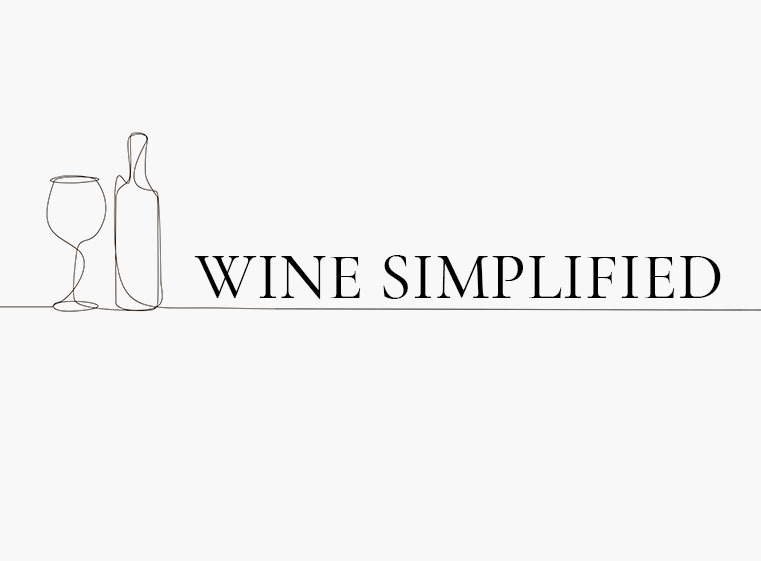Wine Term: Structure
Variations: n/a
Alternate Usages: n/a
What it really means: How’s the wine?
Structure is a catch-all to describe the tannin, acidity, alcohol, body, and sweetness. Basically, how’s the wine? Is it big and bold? Light and effervescent? Rich, yet dry? Utilizing the structure lets you know a lot about a wine. Honestly, you don’t buy Napa Cab for a specific cassis flavor, or a hint of green flavors. You buy it because of the consistent structure, year after year, no matter who the producer might be. Same goes for German Rieslings, you may jump between J. J. Prum or Robert Weil based on what is on sale, but the structure of the wine is really what you’re buying.
How to effectively use it:
Any time you want to describe the wine overall, fragrance nuances aside, mention aspects of the “Structure” that you like. It will make any winemaker or tasting room manager feel elated if you speak to the “perfectly balanced structure” of their wine. You’re basically telling them they picked the fruit at the right time for acidity, let the skins sit for the perfect amount of time for tannic integration, halted fermentation at the right time to leave the perfect amount of residual sugar in the wine to carry it through the finish while subsequently keeping the alcohol at a reasonable level all culminating in the perfect body for the wine on the palate.
It may seem a simple compliment, but it carries so much weight to the people involved and invested personally in that wine.
Bad idea: “The wine is good.”
Better approach: “I love this wine’s structure.”
Best approach (fluff party): “Clearly a deft hand made this wine, the structure is incomparable to many of the other wines I’ve consumed in this appellation.”
While flowery terms rule the fragrance world of wine, what actually matters is if you want to drink it. All things that make a wine drinkable are the structure. You can save a lot of extra chatter and get down to the nitty gritty with a simple, well placed compliment on structure. When you’re in a restaurant setting, it helps the Sommelier quite a bit if you are looking to try something new and simply express that you generally enjoy the structure of Napa reds. That is enough to send the cellar rat hunting and returning with your new wine adventure over dinner that evening.

